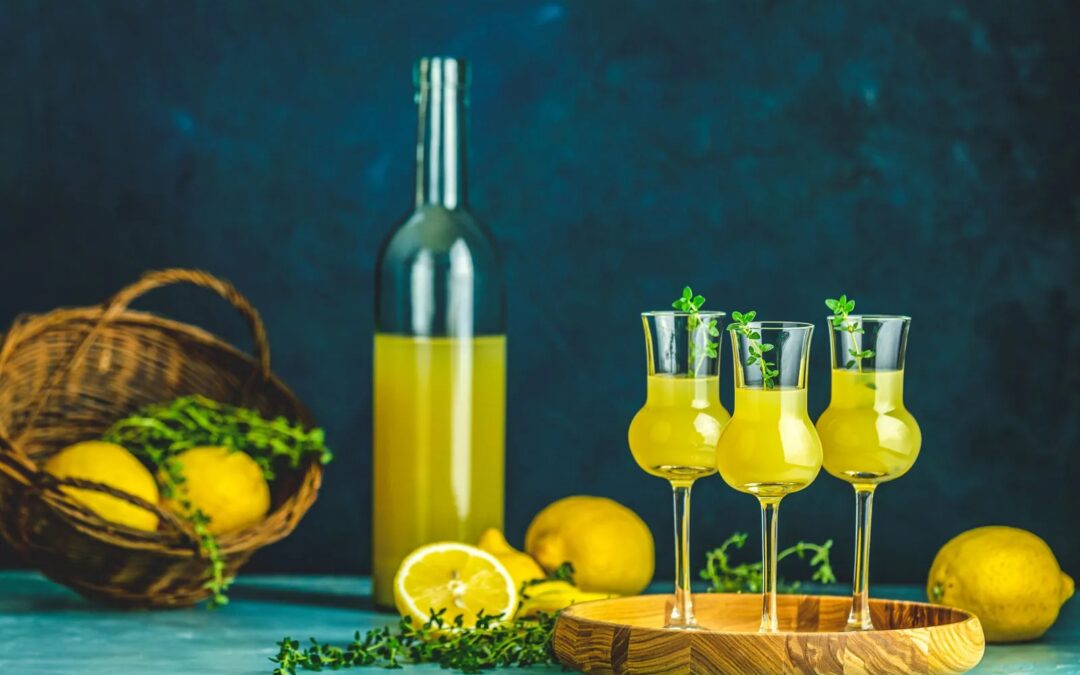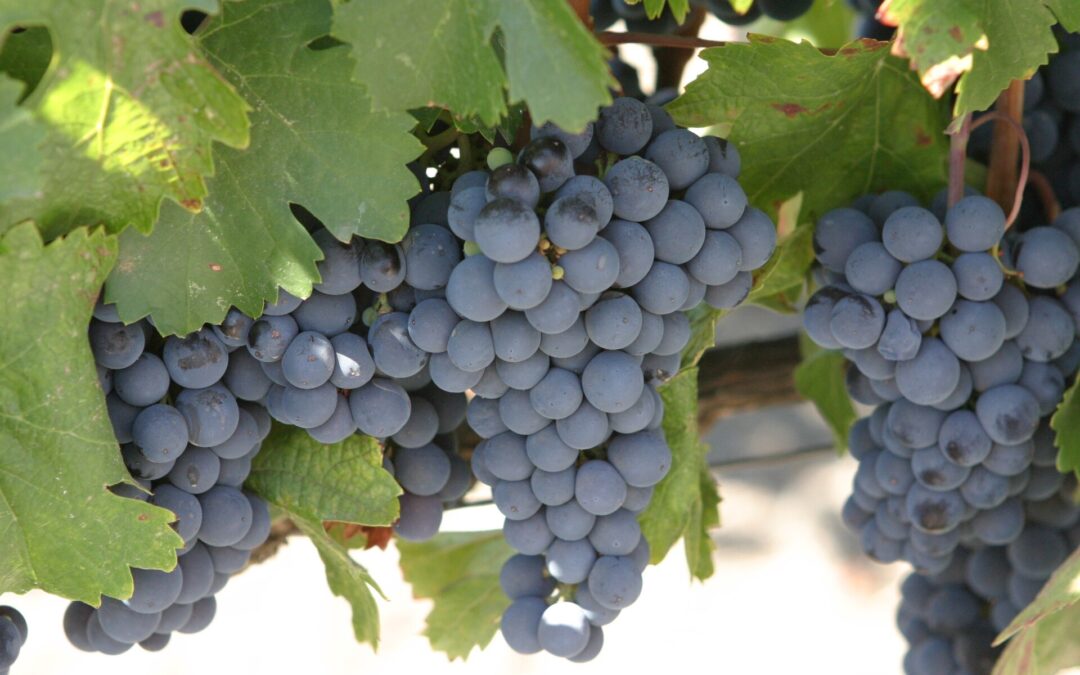
by Ross Kingsley | Feb 16, 2025 | RESTAURANT BUSINESS: BEHIND THE KITCHEN DOOR
In the restaurant industry, success often depends on maintaining a delicate balance between costs, quality, and customer satisfaction. However, a common yet underestimated challenge that many restaurateurs face is theft. Restaurant stock theft, whether intentional or unintentional, can erode profits and disrupt operations, making it an issue that cannot be ignored.
Employee theft, often seen as the primary source of loss, can occur in various forms. This includes food and beverage theft, misuse of discounts, or outright cash theft from the register. Employees may also over-serve friends or underreport sales, leading to further financial leakage. Solution: Addressing this issue requires a proactive approach, including hiring trustworthy staff, setting clear policies, and implementing accountability measures such as regular inventory checks. Installing surveillance systems in critical areas and providing adequate training on company policies can also deter theft. Transparency and communication about the impact of theft on the business can foster a sense of responsibility among employees.
Customer-related theft, while less frequent, also contributes to stock loss. Examples include customers leaving without paying or exploiting errors in billing. Solution: To mitigate these risks, restaurants can adopt technologies like point-of-sale (POS) systems that automate and streamline transactions, reducing the margin for human error. Additionally, training staff to handle such situations calmly and implementing policies like requiring prepayment for large parties can reduce the likelihood of customer theft.
Another overlooked factor in restaurant theft is supplier-related theft or fraud. Suppliers may deliver fewer goods than invoiced or substitute inferior products without disclosure. Solution: Regularly verifying deliveries against orders and maintaining detailed records of transactions can help identify discrepancies early. Building strong, trustworthy relationships with suppliers and negotiating clear, detailed contracts can also reduce the risk of fraud.
Technology plays a crucial role in combating theft. Modern inventory management systems allow restaurants to track stock levels in real time, flagging discrepancies before they become significant. Surveillance systems and access controls also serve as deterrents against employee and customer theft. POS systems, when integrated with inventory tracking, provide a comprehensive view of stock movement, helping owners identify unusual patterns that may indicate theft. Solution: Invest in inventory software that integrates with your POS system and train staff on how to use these tools effectively. Regular system updates and audits ensure the technology remains effective.
To further protect the business, conducting regular audits and reviewing financial reports is essential. These practices provide a clearer picture of the restaurant’s performance and can reveal inconsistencies that might otherwise go unnoticed. Additionally, fostering a positive workplace culture can discourage theft by increasing employee loyalty and engagement. Solution: Schedule routine audits and ensure managers review financial reports weekly. Hold regular meetings to communicate expectations and recognize employees who uphold the business’s integrity.
In conclusion, theft in the restaurant business is a multifaceted issue that requires strategic and consistent management. By leveraging technology, enforcing clear policies, and fostering trust, restaurateurs can minimize losses and ensure their business remains profitable. Addressing theft isn’t just about protecting inventory—it’s about safeguarding the integrity and success of the entire operation.
Image Credit: https://freepik/com
_ _ _
© CHURRASCO PHUKET STEAKHOUSE / ALL RIGHTS RESERVED
>>> Reprinting, reposting & sharing allowed, in exchange for a backlink and credits <<<
Churrasco Phuket Steakhouse serves affordable Wagyu and Black Angus steaks and burgers. We are open daily from 12noon to 11pm at Jungceylon Shopping Center in Patong / Phuket.
We are family-friendly and offer free parking and Wi-Fi for guests. See our menus, reserve your table, find our location, and check all reviews here:
https://ChurrascoPhuket.com/
#Churrascophuket #jungceylon #phuketsteakhouse #affordablewagyu #wagyu

by Ross Kingsley | Feb 16, 2025 | KNOWLEDGE: MEAT ESSENTIALS
The Delmonico Steak is a historically significant dish, rooted in the early days of American fine dining. It originated at (and is named after) Delmonico’s, a celebrated New York City restaurant established in 1827, which became known for its emphasis on high-quality ingredients and sophisticated cuisine. The steak was a centerpiece of the restaurant’s menu, but its exact identity has sparked debate for over a century due to variations in how it was defined and served.
Originally, the term “Delmonico Steak” referred to a thick, high-quality cut of beef, and the best cut the butcher had to offer on that day. Early accounts suggest it was a boneless top loin cut, prized for its tenderness and marbling. However, the restaurant’s records did not specify a single cut, leading to widespread variation in its interpretation over time.
Today, the term can refer to a ribeye, bone-in rib steak, boneless New York strip, or even a chuck-eye steak, depending on the butcher or region. This lack of consistency has become part of the steak’s identity. However, what remains constant is its reputation as a premium dish synonymous with indulgence and quality.
Despite the ambiguity of its exact cut, the preparation of a Delmonico Steak has remained relatively straightforward. Traditionally, it is generously seasoned with salt and pepper, seared over high heat to form a caramelized crust, and finished with butter. It is often served with classic steakhouse sides like creamed spinach or potatoes.
In modern dining, the Delmonico Steak continues to be a popular choice at steakhouses and fine dining establishments. While its precise definition varies, its legacy as a symbol of American culinary heritage persists. The Delmonico Steak, whether served as a ribeye or another cut, represents a tradition of classic steakhouse fare.
Image Credit: https://wikipedia.org
_ _ _
© CHURRASCO PHUKET STEAKHOUSE / ALL RIGHTS RESERVED
>>> Reprinting, reposting & sharing allowed, in exchange for a backlink and credits <<<
Churrasco Phuket Steakhouse serves affordable Wagyu and Black Angus steaks and burgers. We are open daily from 12noon to 11pm at Jungceylon Shopping Center in Patong / Phuket.
We are family-friendly and offer free parking and Wi-Fi for guests. See our menus, reserve your table, find our location, and check all reviews here:
https://ChurrascoPhuket.com/
#Churrascophuket #jungceylon #phuketsteakhouse #affordablewagyu #wagyu

by Ross Kingsley | Feb 16, 2025 | WINES: UNCORKING THE MYSTERY
While Japan is globally recognized for sake and whiskey, its red and white wines have begun to draw attention from wine enthusiasts, albeit more quietly. With a unique combination of climate, indigenous grape varieties, and thoughtful winemaking practices, Japanese wines are carving out a niche that’s subtle yet intriguing.
Terroir and Tradition
Japan’s vineyards are often nestled in mountainous regions, with Yamanashi Prefecture standing out as the country’s most established wine region. Known for its cool climate and scenic surroundings, it serves as the heart of Japanese viticulture. Other regions, such as Nagano, Hokkaido, and Yamagata, also play significant roles in shaping Japan’s growing wine story.
The volcanic soils and relatively high rainfall lend themselves to a particular freshness and elegance in Japanese wines. Unlike some larger wine-producing countries, where bold flavors dominate, Japan’s terroir tends to produce wines that emphasize finesse and balance, often complementing lighter, delicate cuisines.
Japanese White Wines: Light and Refreshing
Japanese white wines are often described as understated yet refreshing. The Koshu grape, native to Japan, has become its signature white wine variety. These wines typically exhibit restrained citrus and stone fruit notes, along with a subtle minerality. Their light, crisp profile makes them a natural match for seafood dishes, such as sushi or sashimi, where they enhance rather than overpower the flavors.
Chardonnay, although not native, has also found a foothold in Japanese vineyards. Japanese versions of this well-known grape are often lighter and more mineral-driven compared to their bolder, oakier counterparts from regions like California or Australia. This restrained style feels more aligned with the country’s preference for harmony in taste.
Japanese Red Wines: Delicate Complexity
While white wines tend to dominate, Japanese red wines are gradually emerging. The Muscat Bailey A, a hybrid grape developed in Japan, is the cornerstone of many of the country’s red offerings. These wines are often light-bodied, with soft tannins and notes of red berries, making them particularly versatile with Japanese dishes such as teriyaki or yakitori.
In cooler regions like Hokkaido, Pinot Noir has also begun to emerge. Japanese expressions of this grape are typically more delicate, leaning towards subtle red fruit and earthy undertones. They seem to be restrained rather than bold, which appeals to those who enjoy nuanced wines.
A Subtle Presence in the Wine World
Japan’s wine industry remains relatively small compared to global powerhouses, but its focus on quality and innovation has helped it grow up. For those open to new wine experiences, Japanese red and white wines offer an experience that feels as much about discovery as it does about enjoyment. As more wine lovers explore this corner of the world, Japanese wines may continue to quietly grow in prominence.
Image Credit: https://wikipedia.org
_ _ _
© CHURRASCO PHUKET STEAKHOUSE / ALL RIGHTS RESERVED
>>> Reprinting, reposting & sharing allowed, in exchange for a backlink and credits <<<
Churrasco Phuket Steakhouse serves affordable Wagyu and Black Angus steaks and burgers. We are open daily from 12noon to 11pm at Jungceylon Shopping Center in Patong / Phuket.
We are family-friendly and offer free parking and Wi-Fi for guests. See our menus, reserve your table, find our location, and check all reviews here:
https://ChurrascoPhuket.com/
#Churrascophuket #jungceylon #phuketsteakhouse #affordablewagyu #wagyu

by Ross Kingsley | Feb 16, 2025 | LIQUORS: LIFT YOUR SPIRITS
Limoncello is a liqueur that carries the essence of the Mediterranean, offering a vibrant taste of sunshine in every sip. Its roots lie in southern Italy, particularly along the Amalfi Coast, the Sorrentine Peninsula, and the island of Capri. This bright yellow liqueur has become a symbol of Italian hospitality and tradition, often enjoyed as a digestif after meals.
The history of Limoncello is intertwined with local lore. Some stories suggest that fishermen and farmers sipped it for a boost of warmth, while others claim that it originated in monasteries as part of herbal remedies. While the exact origins remain unclear, its association with lemons from the Amalfi Coast is undisputed. The region’s unique microclimate and volcanic soil yield lemons with an exceptional fragrance and sweetness, making them ideal for this purpose.
The production of Limoncello is a straightforward yet meticulous process. It begins with the zest of untreated lemons, carefully peeled to avoid including the bitter pith. The zest is steeped in high-proof alcohol for several days to extract its essential oils and vibrant color. This infusion is then combined with a simple syrup made from water and sugar, creating a balanced and aromatic liqueur. The mixture is allowed to rest, often for weeks, to develop its characteristic depth of flavor.
Over time, Limoncello has transcended its Italian origins and gained popularity worldwide. It is now produced in various countries, though purists often argue that authentic Limoncello must use Amalfi lemons. Beyond being served as a chilled digestif, it is also incorporated into cocktails, desserts, and even culinary recipes.
Limoncello remains a cherished symbol of southern Italian culture, celebrated for its bright flavor and connection to the sun-drenched landscapes where it was born. At Churrasco Phuket Steakhouse, we offer a complimentary Limoncello to adult guests who had ordered other alcohol during their meal.
Image Credit: https://www.britannica.com/topic/limoncello
_ _ _
© CHURRASCO PHUKET STEAKHOUSE / ALL RIGHTS RESERVED
>>> Reprinting, reposting & sharing allowed, in exchange for a backlink and credits <<<
Churrasco Phuket Steakhouse serves affordable Wagyu and Black Angus steaks and burgers. We are open daily from 12noon to 11pm at Jungceylon Shopping Center in Patong / Phuket.
We are family-friendly and offer free parking and Wi-Fi for guests. See our menus, reserve your table, find our location, and check all reviews here:
https://ChurrascoPhuket.com/
#Churrascophuket #jungceylon #phuketsteakhouse #affordablewagyu #wagyu

by Ross Kingsley | Feb 16, 2025 | DECODING GRAPES: FROM VINES TO VINTAGE
Malbec, a grape variety synonymous with bold flavors and vibrant color, has a story as rich as the wines it produces. Known for its dark fruit notes and smooth tannins, Malbec has grown from a French classic to a global star, captivating wine lovers around the world.
Origins and History
Malbec’s roots trace back to France, specifically the Cahors region in the southwest. Historically, it was one of the “six grapes” permitted in Bordeaux blends, prized for adding depth and color. However, Malbec’s susceptibility to rot and frost, coupled with a devastating frost in 1956, led to its decline in Bordeaux.
In the mid-19th century, Malbec found new life across the Atlantic. French agronomist Michel Pouget introduced the grape to Argentina in 1853. The grape’s adaptability to the high-altitude vineyards and dry climate of regions like Mendoza allowed it to flourish. Over time, Malbec became Argentina’s flagship variety, with the country now producing over 75% of the world’s Malbec.
Famous Wines Using Malbec
Malbec shines as both a single-varietal wine and a blending grape. In Argentina, the grape is often bottled on its own, showcasing intense flavors of blackberry, plum, and violet, with a touch of spice and chocolate. Some of the most renowned producers include Catena Zapata, Achaval Ferrer, and Zuccardi, known for crafting premium Malbecs that reflect the unique terroirs of Mendoza and beyond.
In France, Malbec is the cornerstone of the wines of Cahors, where it’s often blended with Merlot or Tannat. These wines, nicknamed “black wines” for their deep, inky color, exhibit earthy, savory characteristics and remarkable aging potential. Elsewhere, Malbec is used in blends, particularly in the United States and Australia, adding body and color to various wine styles.
Geographical Reach
While Argentina remains the epicenter of Malbec production, the grape’s popularity has inspired plantings worldwide. In the United States, California and Washington produce noteworthy Malbecs with bright fruit and velvety textures. Chile and South Africa have also embraced the grape, producing wines with distinct regional expressions. Even countries like New Zealand and Italy are experimenting with Malbec, further cementing its international appeal.
Conclusion
Malbec’s journey from the hills of Cahors to the Andes Mountains is a testament to its resilience and versatility. Whether you’re savoring an Argentine classic or exploring new interpretations from around the globe, Malbec offers a captivating experience in every glass.
Image Credit: Wikipedia.org
_ _ _
© CHURRASCO PHUKET STEAKHOUSE / ALL RIGHTS RESERVED
Reprinting, reposting & sharing allowed, in exchange for a backlink and credits.
Churrasco Phuket Steakhouse serves affordable Wagyu and Black Angus steaks and burgers. We are open daily from 12noon to 11pm at Jungceylon Shopping Center in Patong / Phuket.
We are family-friendly and offer free parking and Wi-Fi for guests. See our menus, reserve your table, find our location, and check all reviews here:
https://ChurrascoPhuket.com/
#Churrascophuket #jungceylon #phuketsteakhouse #affordablewagyu #wagyu





